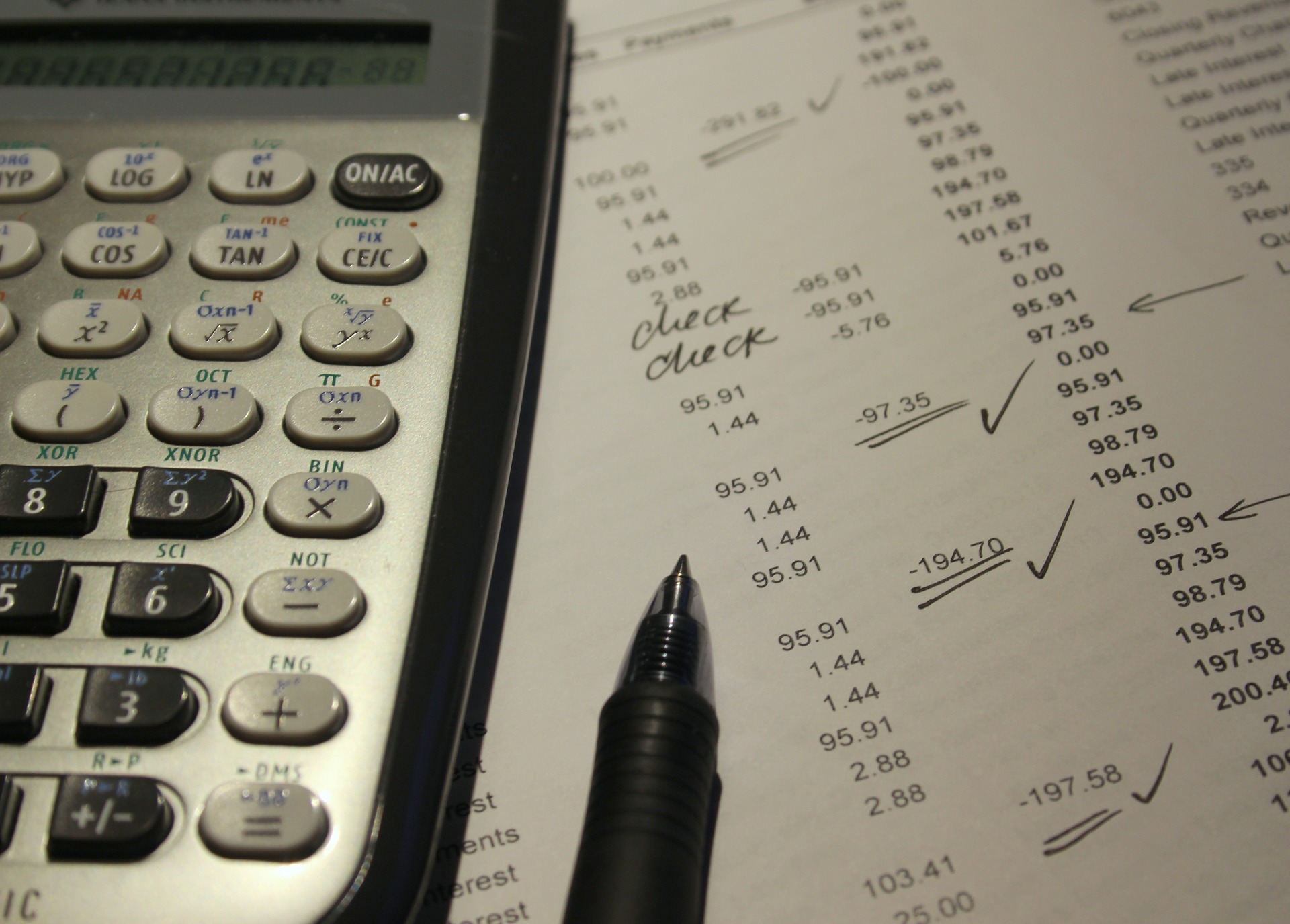Fillable Form 941 (Schedule B)
Form 941 (Schedule B) is used by the IRS to check if employers have deposited their employment tax liabilities on time. If you’re a semi-weekly schedule depositor and you miss or delay your deposits, the IRS can and will assess you with an average Failure to Deposit (FTD) penalty.
What is Schedule B (Form 941)?
Schedule B (Form 941), Report of Tax Liability for Semiweekly Schedule Depositors, is used by employers in the United States to report tax liability information for each day. An employer’s tax liability is based on the dates the wages were paid to his or her employees. An employer’s tax liability may include the following:
- The federal income tax withheld from their employees' income tax.
- Both the employer and employee share of social security tax and Medicare taxes
An employer does not have to use the Schedule B 941 form to show their own federal income tax deposits since the Internal Revenue Service (IRS) obtains all of its members’ deposit data from different kinds of electronic funds transfers. This includes payroll taxes and withheld federal income tax information for particular people.
An employer or an individual must fill out the Schedule B form if he or she is a semiweekly schedule depositor. An individual may be considered as a semiweekly schedule depositor if he or she has reported more than $50,000.00 of employment taxes in the lookback period. Furthermore, an individual can also be considered as a semiweekly schedule depositor if he or she has already accumulated a tax liability of $100,000.00 or more on any given day in the current or prior calendar year. If an individual happens to become a semiweekly schedule depositor during the current quarter, he or she must complete the Schedule B form for the entire quarter.
If an individual has been assessed a Federal Tax Deposit (FTD) penalty for a quarter and he or she has made an error on the Schedule B form and the correction will not change the total liability for the quarter he or she has reported on the Schedule B form, the employer or the individual may be able to reduce his or her penalty by filing an amended version of the Schedule B form.
.jpg)
When an individual files this Schedule B form along with Form 941, Employer's Quarterly Federal Tax Return or Form 941-SS, Employer's Quarterly Federal Tax Return - American Samoa, Guam, the Commonwealth of the Northern Mariana Islands, and the U.S. Virgin Islands, he or she must not change his or her tax liability by using the adjustments reported on the following forms:
- Form 941-X, Adjusted Employer's Quarterly Federal Tax Return or Claim for Refund
- Form 944-X, Adjusted Employer's Annual Federal Tax Return or Claim for Refund
Furthermore, employers are required to fill out and attach this Schedule B form along with Form 941, Employer's Quarterly Federal Tax Return or Form 941-SS, Employer's Quarterly Federal Tax Return - American Samoa, Guam, the Commonwealth of the Northern Mariana Islands, and the U.S. Virgin Islands.
A complete Schedule B form must contain the following:
- Your employer identification number (EIN)
- Your full legal name - This must not be your trade name.
- The current calendar year
- Report for this quarter
- 1 - January, February, March
- 2 - April, May, June
- 3 - July, August, September
- 4- October, November, December
- Tax liability schedule
- Month 1
- Total tax liabilities for the first month
- Month 2
- Total tax liabilities for the second month
- Month 3
- Total tax liabilities for the third month
- Total tax liability for the current quarter or tax period.
- Month 1
Additionally, if you want to access more forms, check out the related forms below or click here for the full list of forms related to your 1099-SA.
How to fill out Schedule B (Form 941)?

Taxpayers can download and print a PDF copy of Schedule B (Form 941) from the Internal Revenue Service (IRS) website that they can manually complete. They can also fill out Schedule B (Form 941) electronically on PDFRun.
To fill out Schedule B (Form 941) Form, you must provide the following information:
Employer Identification Number (EIN)
Enter your employer identification number (EIN).
Name
Enter your full legal name. You must not enter your trade name.
Calendar Year
Enter the current calendar year. You are also required to check the quarter for your report.
Report for this Quarter
Mark the appropriate box which corresponds to the quarter for your report. You may select:
- 1 - January, February, March
- 2 - April, May, June
- 3 - July, August, September
- 4- October, November, December
Tax Liability Schedule
.jpg)
Enter your daily tax liability on the numbered space that corresponds to the date your wages have been paid. The instructions stated below will apply to all parts of this section of the Schedule B form.
This schedule must be used to show your tax liability for the current quarter. This must not be used to show your deposits. When you file this Schedule B form along with Form 941, Employer's Quarterly Federal Tax Return or Form 941-SS, Employer's Quarterly Federal Tax Return - American Samoa, Guam, the Commonwealth of the Northern Mariana Islands, and the U.S. Virgin Islands, you must not change your tax liability by using the adjustments reported on the following forms:
- Form 941-X, Adjusted Employer's Quarterly Federal Tax Return or Claim for Refund
- Form 944-X, Adjusted Employer's Annual Federal Tax Return or Claim for Refund
You are required to fill out and attach this Schedule B form along with Form 941, Employer's Quarterly Federal Tax Return or Form 941-SS, Employer's Quarterly Federal Tax Return - American Samoa, Guam, the Commonwealth of the Northern Mariana Islands, and the U.S. Virgin Islands if you happen to be a semiweekly schedule depositor or if you have become one because of your accumulated tax liability which has reached $100,000.00 or more.
Month 1
Enter your daily tax liability for the first month of this quarter that corresponds to the date your wages have been paid. Fill out spaces 1 through 31.
Tax Liability for Month 1
Enter the total amount of your daily tax liability for the first month of this quarter.
Month 2
Enter your daily tax liability for the second month of this quarter that corresponds to the date your wages have been paid. Fill out spaces 1 through 31.
Tax Liability for Month 2
Enter the total amount of your daily tax liability for the second month of this quarter.
Month 3
Enter your daily tax liability for the third month of this quarter that corresponds to the date your wages have been paid. Fill out spaces 1 through 31.
Tax Liability for Month 3
Enter the total amount of your daily tax liability for the third month of this quarter.
Total Liability for the Quarter
Enter the total amount of your tax liability for the current quarter by adding the amounts in Month 1, Month 2, and Month 3.
Frequently Asked Questions
What is Federal Income Tax?
Federal income tax is a tax levied by the Internal Revenue Service (IRS) on the annual earnings of individuals, corporations, trusts, and other legal entities. These taxes are used to fund government services, infrastructure, and public projects. The federal income tax system is progressive, meaning the rate of taxation increases as the taxable amount of an individual or corporation increases. The IRS decides to withhold federal income tax in different amounts across people by structuring the system around "tax brackets", which are seven different levels of classifications that determine the rate of income tax for any given person or organization.
Where can I find a copy of Form 941?
You can download a PDF copy of the form from the Internal Revenue Service (IRS) website.
What information is required to complete Schedule B?
You will need your Employer Identification Number (EIN), your full legal name, the current calendar year, and tax liabilities for each month in the reporting quarter.
Can I file Form 941 Schedule B electronically?
Yes, you have the option to fill out and submit this form electronically.
What should I do if I make an error on Form 941?
If you make an error, you may be able to reduce penalties by filing an amended version of the form as soon as possible.
What happens if my tax liability changes after I file Form 941?
Any changes in tax liability should be reported on Form 941-X or Form 944-X, not on Form 941 Schedule B.
What is the purpose of the “Report for this Quarter” section?
This section is for marking which quarter of the year you are reporting tax liabilities for.
How do I calculate the total liability for the quarter?
You calculate the total liability by adding up your tax liabilities for each of the three months in the quarter.
What if I have more than one EIN?
If you have more than one EIN, you should file a separate Form 941 Schedule B for each EIN you have, with the appropriate information for each. You may wish to hire the services of an accountant or another financial expert in order to help you get all the necessary tax form documents in order.
Can I use my trade name on Schedule B?
No, you must use your legal name, not your trade name.
What happens if I don't file Form 941?
Failing to file could result in penalties, including fines and interest charges.
Is there a deadline for filing Form 941?
Yes, Form 941 Schedule B is due by the last day of the month following the end of the quarter.
How does Medicare tax factor into Form 941?
In Form 941, you're required to report the amounts withheld from your employees' paychecks for Social Security and Medicare taxes. This also includes your employer contribution to these funds. It's essential to accurately calculate and report these figures to ensure correct payments and avoid potential penalties from the IRS. The current rate for Medicare tax is 1.45% each for the employer and employee, totaling 2.9%. However, an additional 0.9% must be withheld from employees who earn over $200,000 in a calendar year












.jpg)
.jpg)


